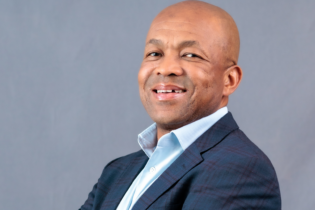
On the eve of the COP21 conference, 184 countries covering around 95 per cent of global greenhouse gas emissions had delivered their national climate action plans to the UN Framework Convention on Climate Change (UNFCCC).
- It is cheaper to make water better: bad water and sanitation currently impose an unnecessary cost of $323 billion a year on households outside the advanced economies. The paper suggests that the same money could be used to improve public water and sanitation systems.
- Solving water for all is a race against time: The cost of coping with inadequate access to water – through packaged water purchases, home water treatment, and tanker deliveries is growing much faster than utility investment. The paper indicated a real risk if the public water model does not improve its competitive offering as expensive household solutions will become the norm.
- It starts with a social contract: if we are to re-invigorate public water services, we need buy-in from all stakeholders. This involves identifying the value each group – households, businesses, government bodies – expect from improved access and committing to support improvements accordingly.
- We need to innovate around the business model and the technology: good water and sanitation are both affordable – even for the very poor. What stands in the way of universal access is often the lack of appropriate and affordable service choices on offer. The paper suggested that we need to look at micro-credits, decentralised systems, value from waste technologies, utility performance programmes, smart networks and micro-utilities too.








